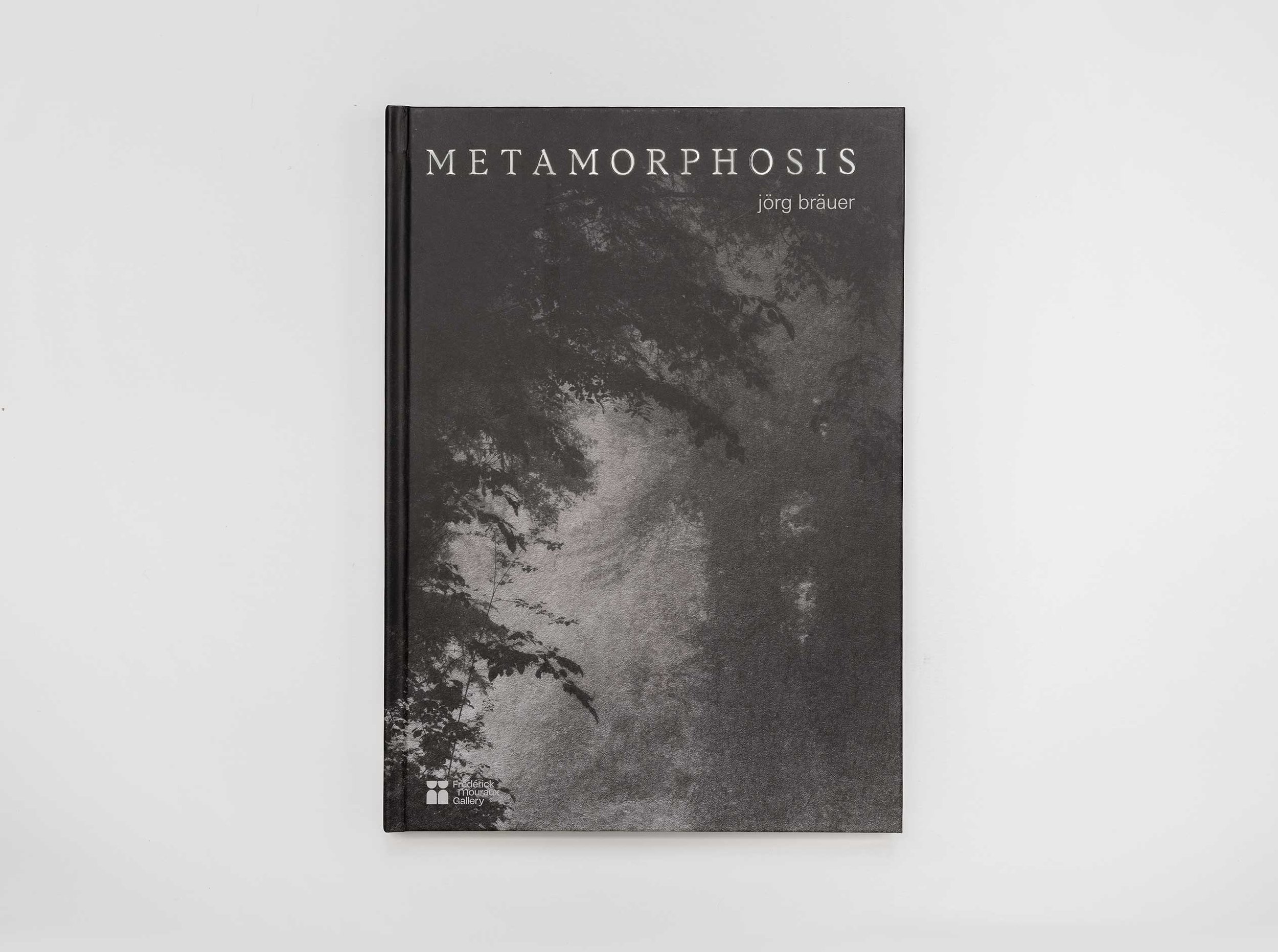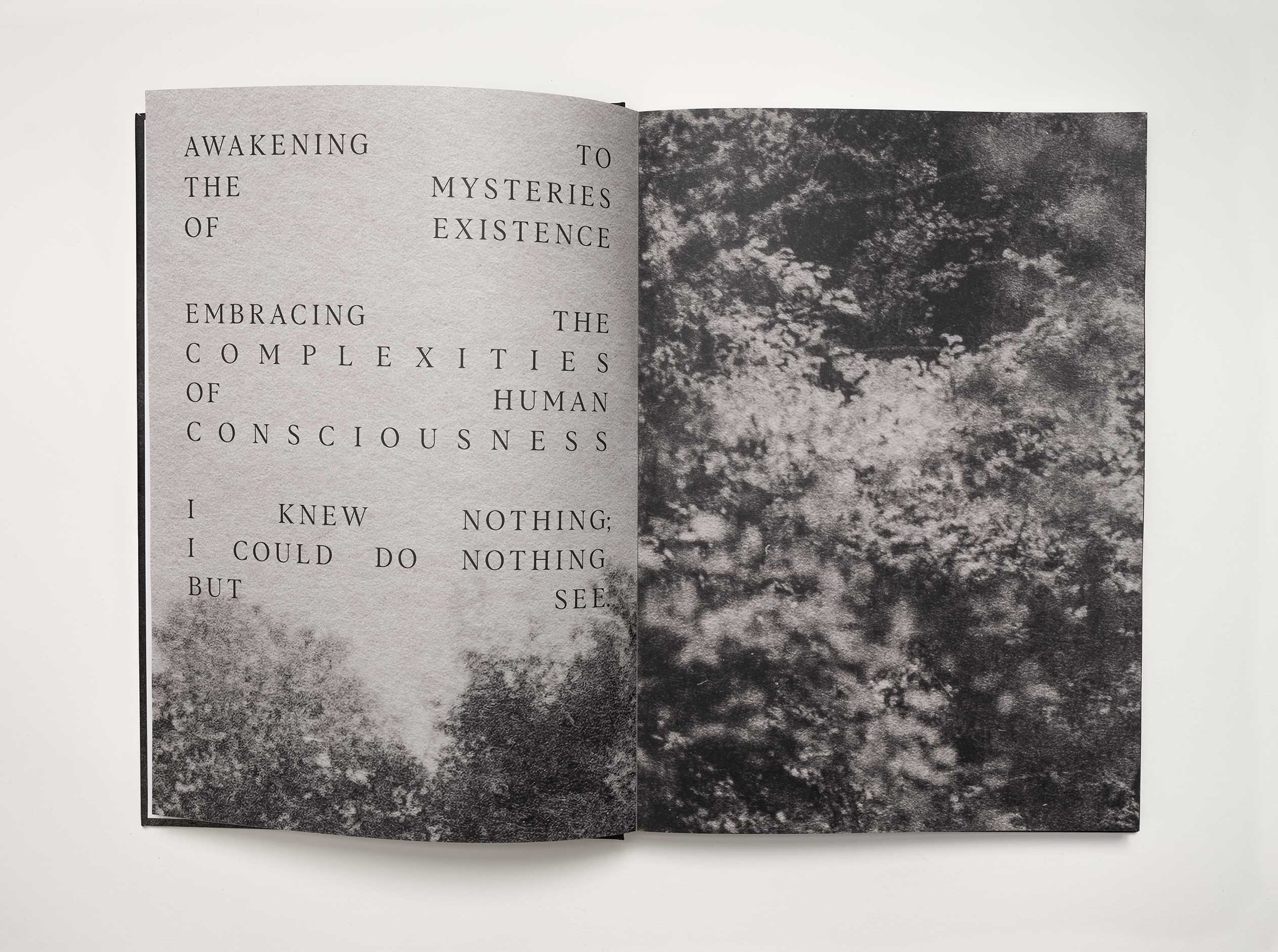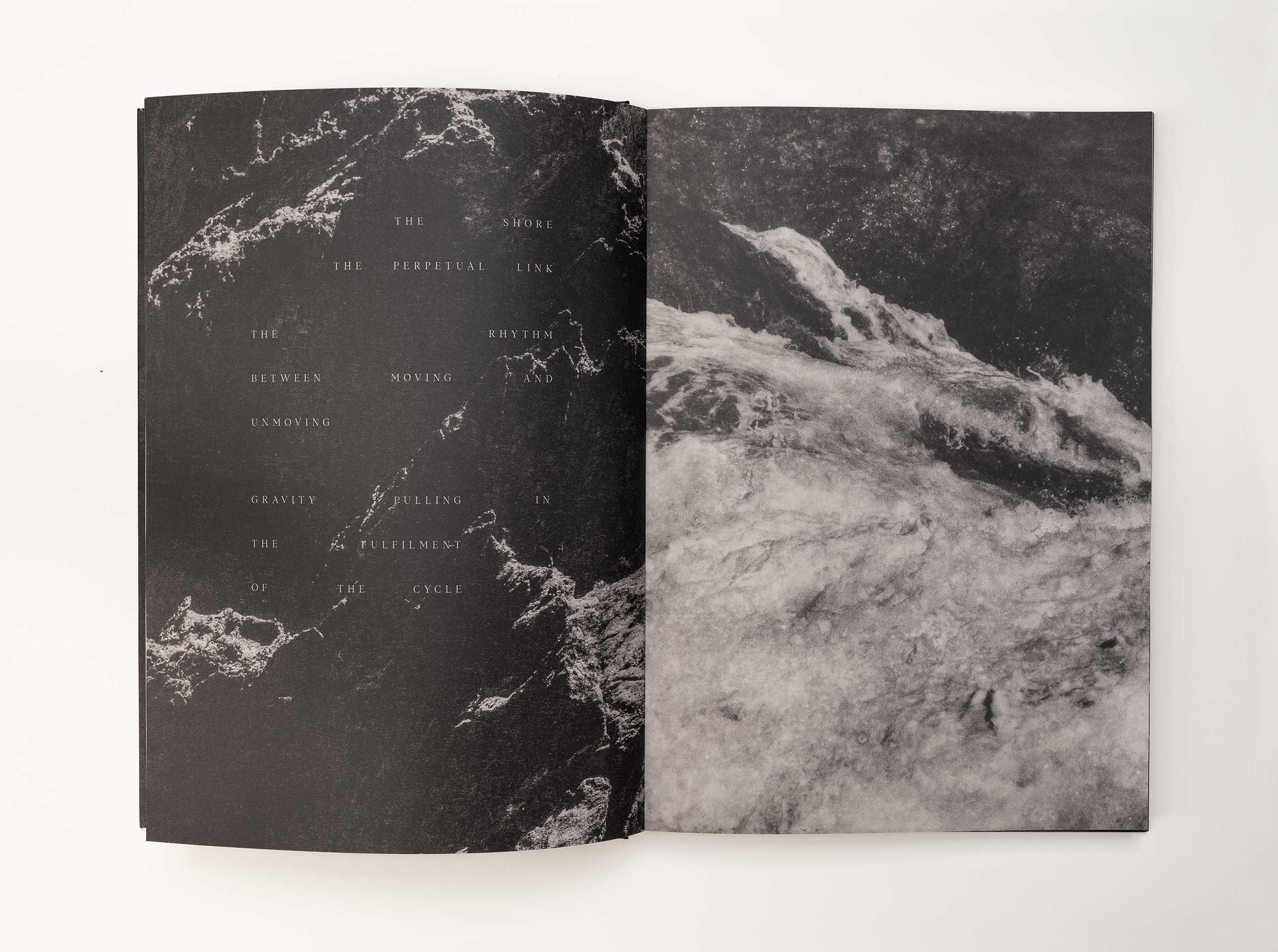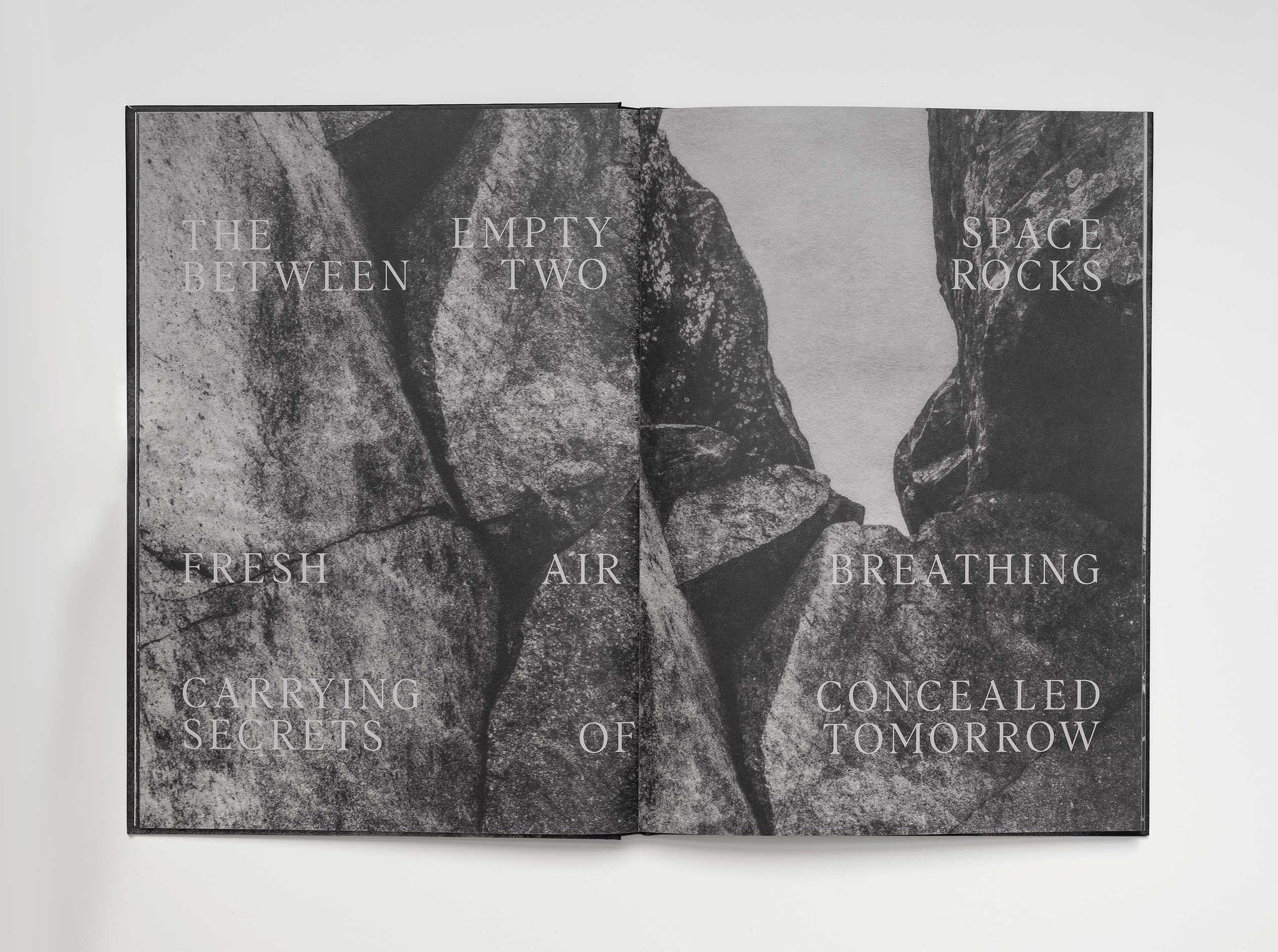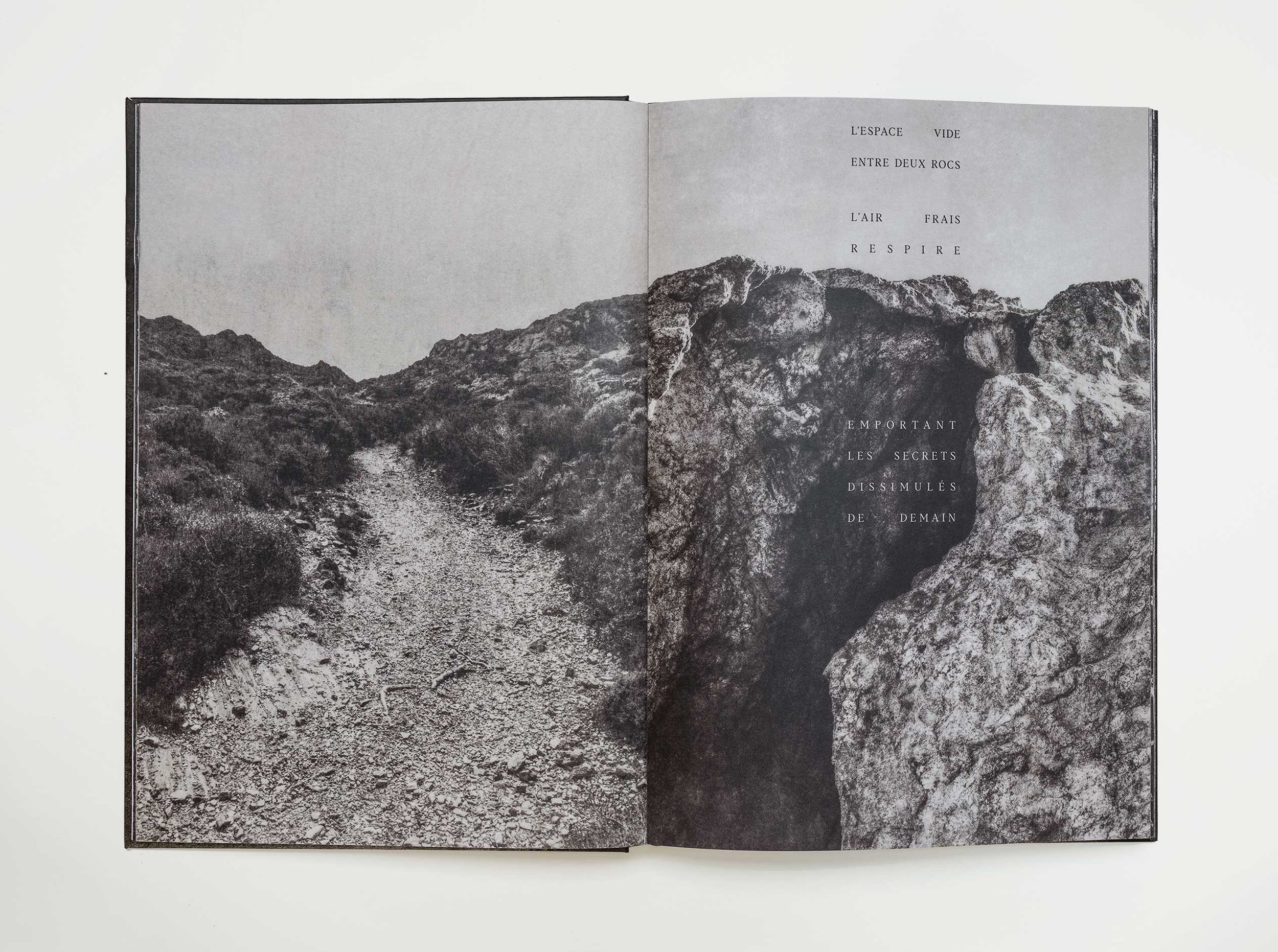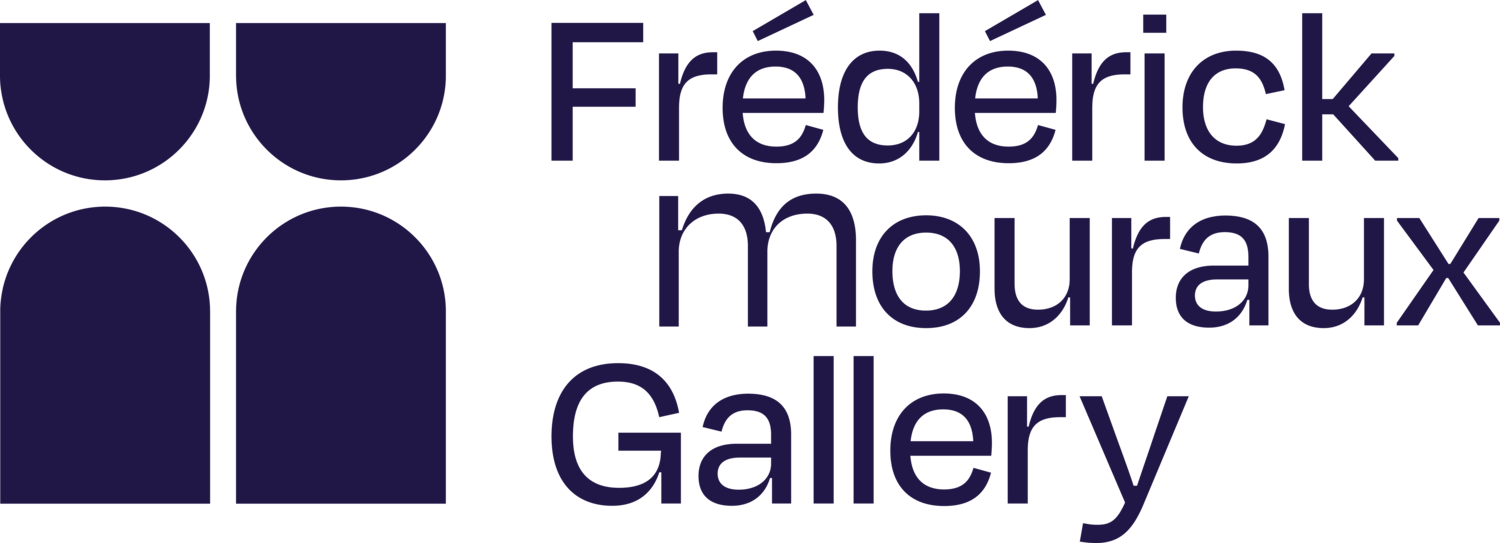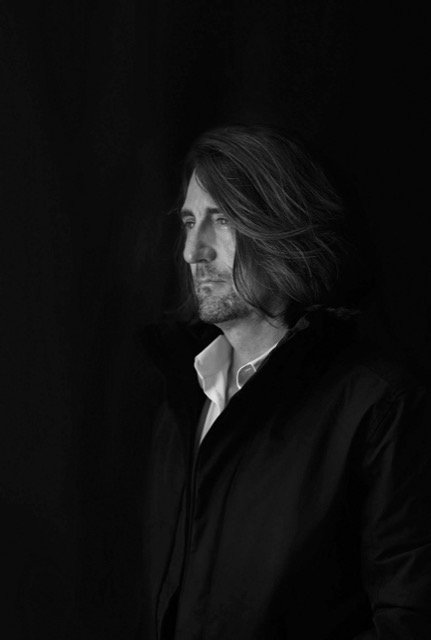Jörg BRÄUER
© Jörg Bräuer
Jörg Bräuer is a German contemporary artist.
The reflection on space and time constitutes the perpetual foundation of artistic research by Jörg Bräuer and expresses himself in different materials: photography, painting, typography, sculpture and installations. Jörg Bräuer was born in Germany. He studied at the school of Photography and Printing in Munich and holds a Fine Arts degree from the Fashion Institute of Technology (F.I.T.), New York University. He has lived and worked in Munich, New York, London, Lisbon and Barcelona and currently splits his time between Brussels and his atelier in South West of France.
Bräuer’s passion for photography and painting came to the fore when, at the age of sixteen, he was introduced to traditional hands-on darkroom printing techniques. Today, he applies the same skills honed in those early years, merging them with contemporary photographic methods to create images that reveal the fundamental nature of his subject matter.
Focusing on landscape, architecture and still life, Bräuer’s subtle and understated approach looks to reveal the restrained beauty that inhabits the unknown and magical world around us. His works exposes finer details with great depth and contrast; and his compositions have a keen sense of the relationship between light and form. His work has often been described as poetic, and over the years, his stylistic sensibilities have shown strength in content and artistic grace.
As Bräuer says, ‘Minimalist visual representation facilitates a more highly nuanced perception of form and aesthetics’. The essence of things is what fascinates him; and he succeeds in capturing it in an image, time and again; and this, for him, is perfection.
His work was presented in several fairs and salons including NOMAD St. Moritz and Capri, Certosa di San Giacomo, (Spazio Nobile Gallery 2024, 2023, 2022), Art Week Luxembourg (Spazio Nobile Gallery 2020), Art Elysées – Paris (Spazio Nobile Gallery 2017), Hangar Art Center – Bruxelles (2016), Fotofever – Tour et Taxis – Bruxelles (Arthus Gallery 2012, 2013) and Maison Parisienne (Ancienne Nonicature 2013, 2014). Jörg Bräuer’s artworks are featured in the collections of Fondation Thalie, Château de Calon Ségur, Château de Montmoreau and number of private collections.
His work has been honoured by several prizes including: Graphis: Gold Award for 100 Best in Photography (2014), Paris Photography Prize – Px3 (2010) and Photo District News Awards, New York (2010).
Latest project: "Metamorphosis" at the Ancienne Nonciature, Place du Grand Sablon, text by Anne Derasse
Displayed on lecterns, the works of art have been imagined by the artist and handcrafted in solid oak with a special patina, facing the monumental stairwell. Their haughty presence in the space allows the viewer to discover the two sides of the work, the duality of image and text, the visual and the abstract. On the front, mysterious organic landscapes, in constant transformation with the passing of time, are revealed by the light of the moment captured by the photographer, to enter into the memory of the process in progress. On the back, evocative texts are typed and inlaid into the wood.
On the walls of the salons, tintypes revealed in wet collodion, the historic process of photography, which imbues the subject with a timeless aura.
